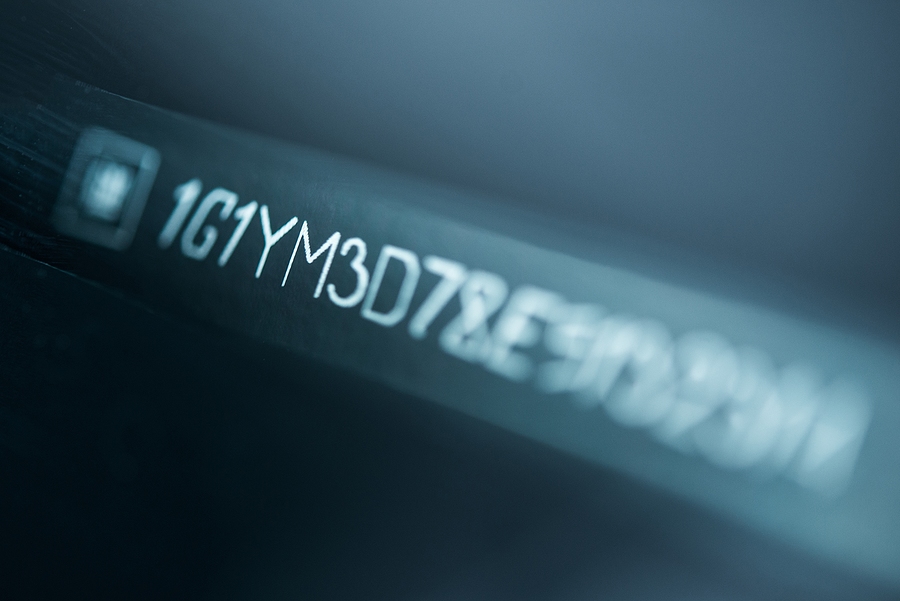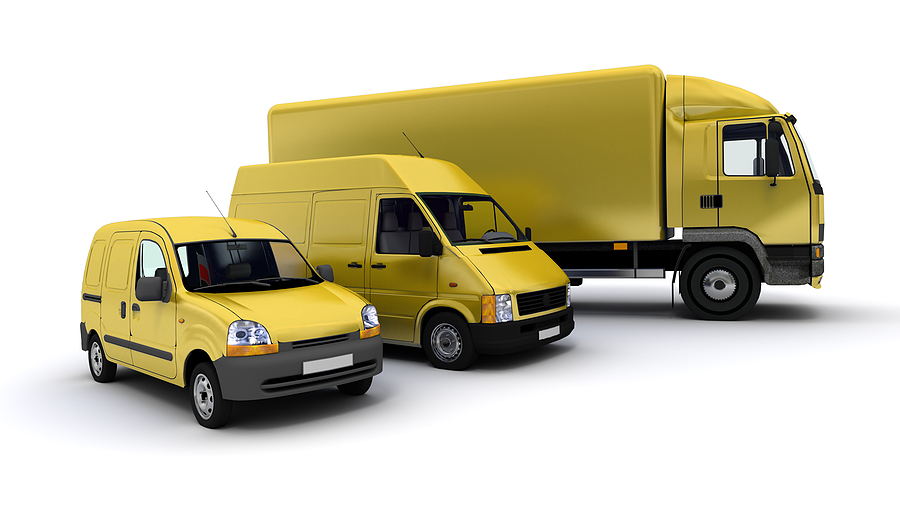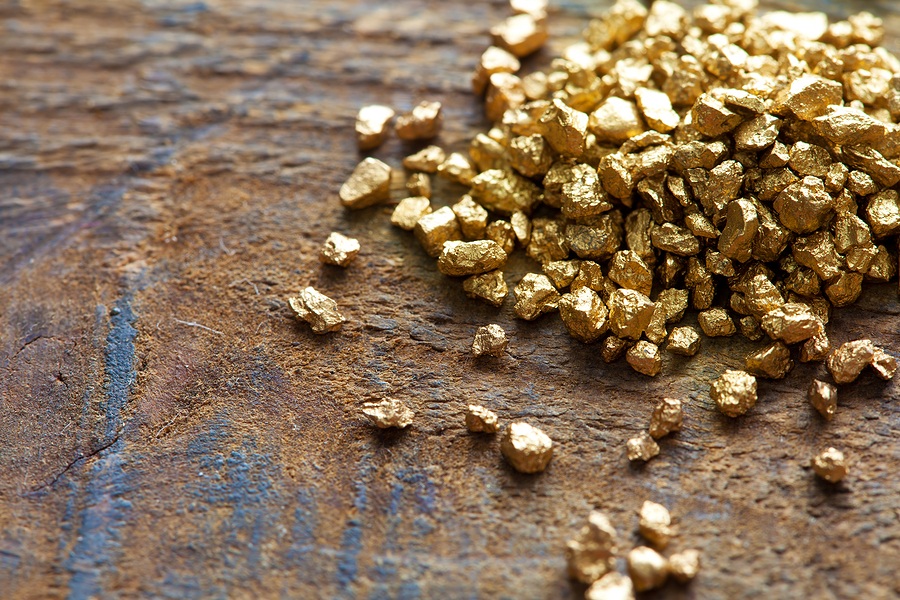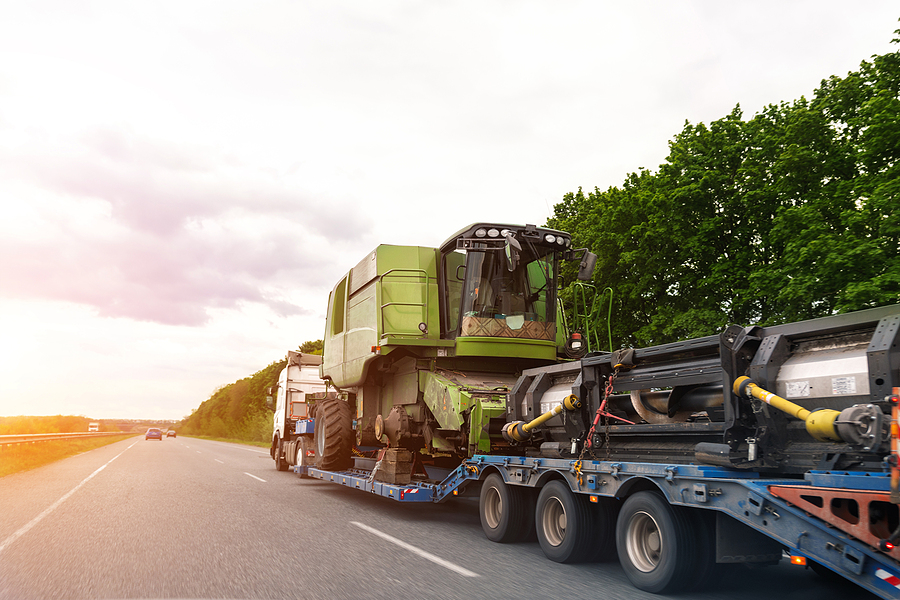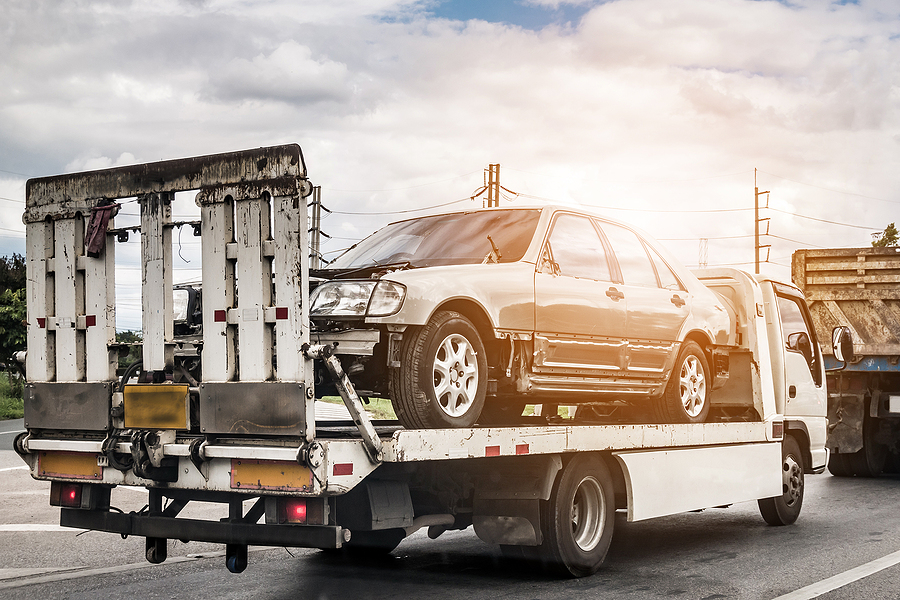Towing a truck can seem like a straightforward task, but it requires careful preparation and an understanding of the right techniques. An incorrectly towed vehicle is not just a risk to your truck and the one being towed; it’s a significant hazard to everyone else on the road. A moment of oversight can lead to vehicle damage, accidents, or even serious injuries.
This guide provides a comprehensive overview of how to tow a truck safely and effectively. We will cover everything from understanding your vehicle’s capabilities to the essential equipment you’ll need, step-by-step instructions, and tips for maintaining your truck after the job is done. By following these best practices, you can ensure a smooth and secure towing experience.
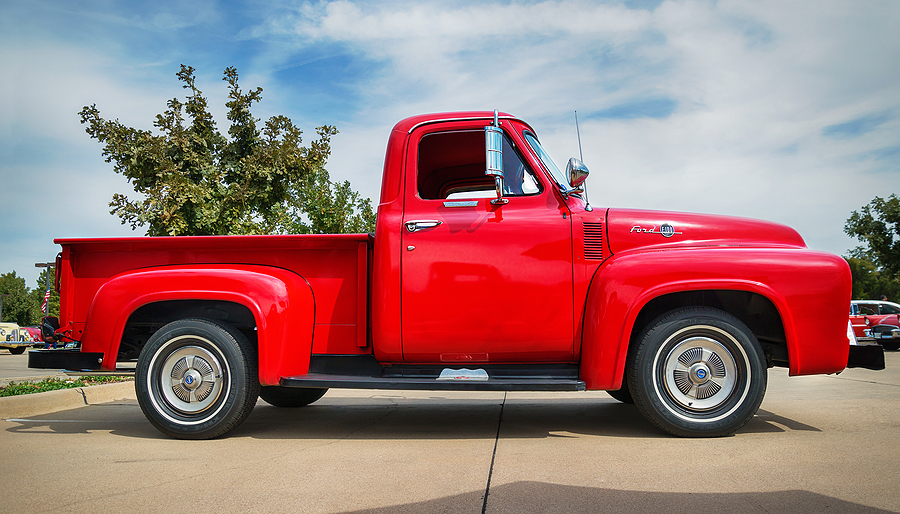
Understanding Your Truck’s Towing Capacity
Before you even think about connecting a trailer or another vehicle, you must know your vehicle’s towing capacity. This figure, determined by the manufacturer, is the maximum weight your car can safely pull. Exceeding this limit can put immense strain on your car’s engine, transmission, brakes, and frame, leading to mechanical failure and dangerous situations on the road.
To find your vehicle’s towing capacity, consult the owner’s manual. The manufacturer will provide specific weight ratings, including:
- Gross Vehicle Weight Rating (GVWR): The maximum allowable weight of your fully-loaded car, including passengers, cargo, and tongue weight.
- Gross Combination Weight Rating (GCWR): The maximum total weight of your car and the truck and/or trailer it is towing combined.
- Tongue Weight: The downward force that the trailer tongue exerts on the hitch. This should typically be 10-15% of the total trailer weight.
Ignoring these ratings is a serious risk. Overloading your car can cause overheating, brake failure, and reduced steering control, making it difficult to manage your vehicle, especially on inclines or during sudden stops.
Essential Equipment for Successful Truck Towing
Having the right gear is non-negotiable for a safe towing operation. Your equipment must be rated for the weight you intend to pull and be in excellent working condition.
Key Towing Equipment
- Tow Hitch: The critical connection point between your vehicle and the truck being towed. Hitches are categorized into classes (I-V) based on their weight capacity. Ensure your hitch class matches or exceeds your towing needs.
- Tow Dolly or Trailer: A tow dolly lifts the front two wheels of the vehicle being towed off the ground, which is suitable for front-wheel-drive vehicles. A flatbed trailer carries the entire vehicle, which is the safest option for all-wheel-drive or four-wheel-drive trucks.
- Tow Straps or Chains: Use heavy-duty tow straps or safety chains as a backup connection. These prevent the trailer from detaching completely if the primary hitch fails. Always cross the chains under the trailer tongue in an “X” pattern.
- Brake Controller: For heavier loads, an electronic brake controller is essential. It synchronizes the trailer’s brakes with your truck’s brakes, providing smoother, more controlled stopping power.
- Towing Mirrors: Standard side mirrors often don’t provide a wide enough view when a trailer is attached. Extended towing mirrors are necessary to eliminate blind spots and monitor traffic around your trailer.
Request Professional Truck Towing Service Now ✅
Step-by-Step Guide to Hooking Up a Truck
Properly connecting your vehicle to another truck or trailer is a critical step. Rushing through this process can lead to a disconnected trailer on the highway—a worst-case scenario.
- Position the Vehicles: Park both your vehicle and the truck to be towed on a flat, level surface. Engage the parking brakes on both.
- Attach the Hitch: Align your car’s hitch with the trailer’s coupler. Slowly back your vehicle up until the coupler is directly over the hitch ball.
- Lower and Secure the Coupler: Lower the trailer coupler onto the hitch ball. Once it’s seated, close the latch and insert the safety pin to lock it in place.
- Connect Safety Chains: Attach the safety chains to your car’s frame, crossing them underneath the coupler. This ensures that if the hitch fails, the trailer remains connected.
- Hook Up Electrical Connections: Connect the trailer’s wiring harness to your vehicle’s electrical socket. Test the trailer’s brake lights, turn signals, and running lights to confirm they work correctly.
- Check and Adjust: Perform a final “pull test” by gently pulling forward to ensure the connection is secure. Double-check all connections—hitch, chains, and wiring—before you hit the road.
Best Practices for Safe Towing on the Road
Towing changes how your vehicle handles. It requires more focus, slower speeds, and greater anticipation.
- Drive Slower: Maintain a lower speed than you normally would. This gives you more time to react and reduces strain on your vehicle.
- Increase Following Distance: Your braking distance increases significantly when towing. Leave at least double the usual space between you and the vehicle ahead.
- Make Wider Turns: Your trailer will cut corners more sharply than your car. Take turns wider than usual to avoid hitting curbs or other objects.
- Be Mindful of Wind and Terrain: Crosswinds can cause the trailer to sway. Reduce speed if you feel the trailer moving erratically. When driving up or down hills, shift to a lower gear to give you more control and reduce strain on your engine and brakes.
- Avoid Sudden Maneuvers: Sudden braking or swerving can cause you to lose control. Anticipate stops and lane changes well in advance.
Troubleshooting Common Towing Issues
Even with careful preparation, problems can arise. Knowing how to handle them is key.
Trailer Sway
This is one of the most dangerous issues. If your trailer starts to sway, do not slam on the brakes. Instead, take your foot off the accelerator and gently apply the trailer brakes using the manual controller if you have one. Keep the steering wheel straight until the sway stops. Trailer swaying is often caused by improper weight distribution or high speeds.
Overheating
Towing puts extra stress on your engine and transmission. If you notice your temperature gauge rising, pull over safely and let the engine cool down. Check coolant levels once the engine is cool.
Brake Problems
If you feel the brakes are not as responsive, pull over and inspect the connections. Ensure your brake controller is set correctly for the load you are carrying.
Truck Maintenance After Towing
Towing is demanding work for your vehicle. After completing a tow, it’s wise to perform a few maintenance checks to keep your vehicle in top condition.
- Check Fluid Levels: Inspect the engine oil, transmission fluid, and coolant. Towing can cause these fluids to degrade faster.
- Inspect Brakes and Tires: Look for signs of wear on your brake pads and check the tire pressure on both your vehicle and any trailer.
- Examine the Hitch: Inspect your hitch for any signs of stress, cracks, or damage that may have occurred during the tow.
When to Call a Professional
While many towing tasks can be handled on your own, some situations require professional help. If your truck has broken down in a dangerous location, if you’re dealing with extreme weather conditions, or if the vehicle you need to tow is significantly damaged, calling a professional towing service is the safest choice. Professionals have the heavy-duty equipment and experience to handle complex situations without causing further damage.
Final Thoughts
Towing a truck doesn’t have to be intimidating. By understanding your vehicle’s limits, using the right equipment, and following safe driving practices, you can manage the task with confidence and security. Always prioritize safety over speed, and never hesitate to seek professional help when you’re out of your depth.
If you find yourself in a situation that requires expert assistance in Indianapolis or Central Indiana, don’t take any risks. Contact our professional truck towing service to ensure your vehicle is handled safely and efficiently.
Related Post: Why Choose Professional Semi-Truck Towing Services for Roadside Needs




